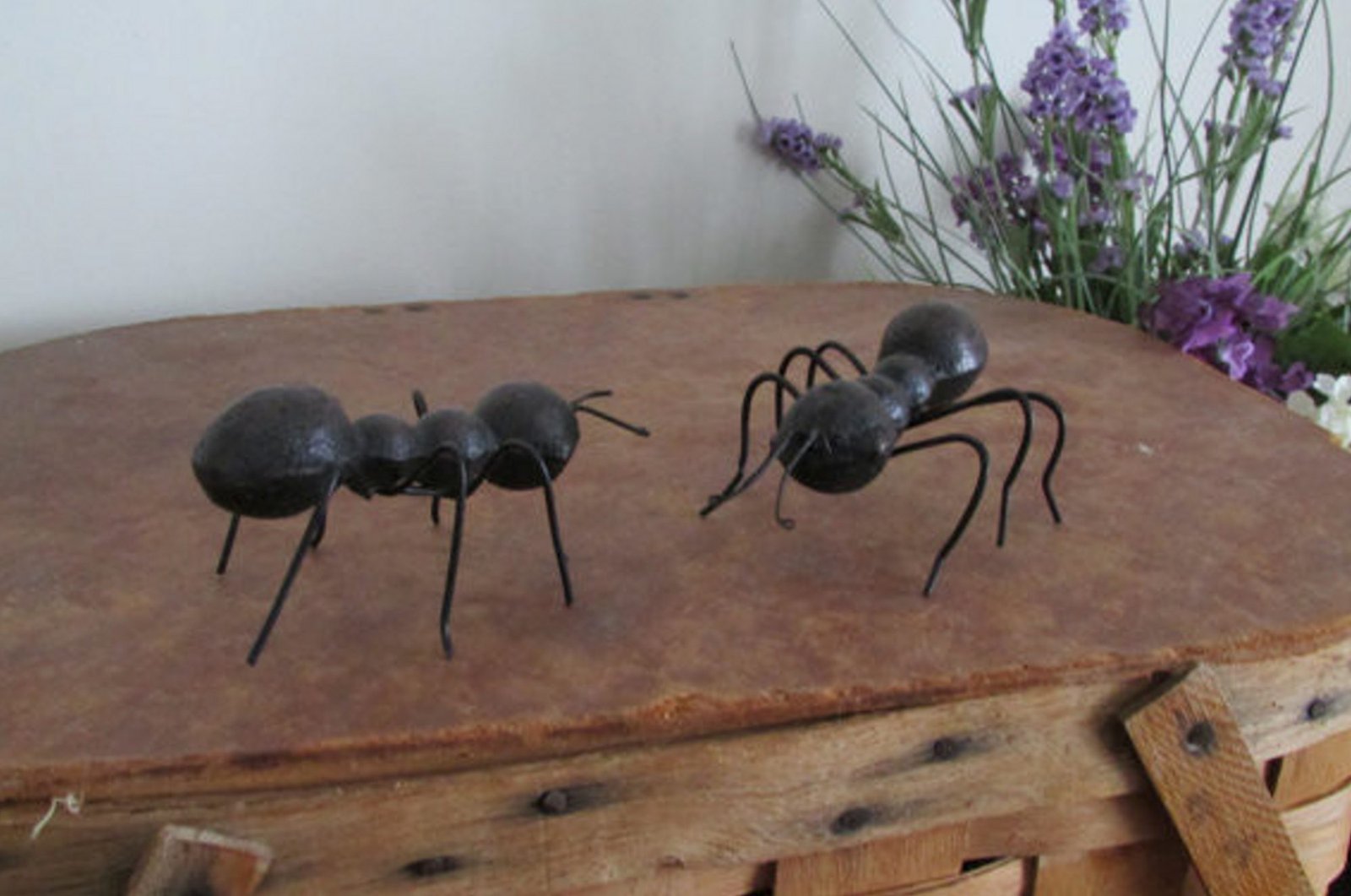Termites (often referred to as white ants) are wood-destroying insects and can cause serious problems in the wooden structural components of a house, and may go undetected for a long period of time. In fact, termites cause billions of dollars in damage to homes every year.

Photo by Nixtermite Inc. – Look for home design pictures
Their presence is hard to notice, and damage usually is found before the termites are seen. Prevent infestations because if they occur, they will almost always need professional pest-control service.
Set out baits and traps to kill existing termites and be sure to take measures in preventing more termites from entering your home, but be prepared to call a professional if you have a serious infestation.
Step 1
- Look for evidence of termites. Termite damage is not always easy to find.
- If you tap on a part of your wall and hear the typical sound of hollow wood, you might have a termite infestation. Tap on floor beams, support beams, pillars, wall boards, etc. If it’s wood, tap it. If you find a hole in the wood, try to stick the tip of the screwdriver in it. If it goes in easily, you could very well have a termite problem.
- Or you may see shelter tubes on the ground or around trees; termite droppings (reddish brown, black, or tan), and insect wings; these are also signs of a termite infestation.
Step 2
- Move wood piles away from your home and divert water drainage away from your foundation.
- Termites are drawn to damp and rotting wood and they will be more likely to enter your home if the soil around your foundation is damp and if food sources are easily accessible.
Step 3
- Protect your home against termite invasion. An important step in termite control is to make sure they can’t re-invade your home once you’ve gotten rid of them to begin with. Also, there’s no point in allowing more termites to enter your house.
- Start by going outside with a caulking gun and some sealant. Seal everything. Concentrate heavily around doors and window frames. Also look for and fill any cracks in the foundation, and the gaps that are left around wires and cables that lead indoors and around outdoor faucets.
Step 4
- Make termite food unavailable. Start by getting rid of any wood debris out in the yard. If you have brush piles, get rid of them. If there are just some random logs laying around, get rid of them.
- Termites actually do eat more than just wood. Pretty much anything with cellulose will suffice.
Step 5
Step 6
- Keep things inside and outside as dry as possible. Inspect all of your faucets and every single one of your water pipes to ensure that there are absolutely no drips or leaks. Termites need moisture to survive.
- Make sure that your crawlspace and attic are properly ventilated.
- Clean gutters are important, too. You want them to take water as far away from the house as possible. If they’re dirty, they clog and leak or overflow.
Step 7
- A preventative treatment would be forming a chemical barrier with a liquid termiticide. It is about trenching your soil with a diluted termite chemical.
- If you leave the treated soil, undisturbed, this barrier will last about 5 years.
Step 8
- Call a professional exterminator and schedule an inspection of your home.
- Indoor termite infestations are best left to the professionals because professional exterminators are licensed to use the specific chemicals which are most effective against termites.
- Follow any advice given by the exterminator regarding the prevention of future infestations.
Step 9
- Termite baits have proven to be an effective means of dealing with termites.
- Remember though, that termite baits are not a barrier. They will reduce the population of termites in the area and thereby lessening the chances of termites finding their way into your house.
- Leave the baited termite stakes in the ground for up to a year following the visit by the exterminator. While the chemicals are at work inside your house to kill existing termites, the stakes will prevent more insects from entering.
Control Wasps, Hornets and Yellowjackets – Tips and Ideas (howtobuildahouseblog.com)


